With their powerful build and majestic presence, bears have captivated our imagination throughout history. Whether the massive polar bears of the Arctic or the agile grizzly bears roaming wild landscapes, these creatures command respect and fascination.
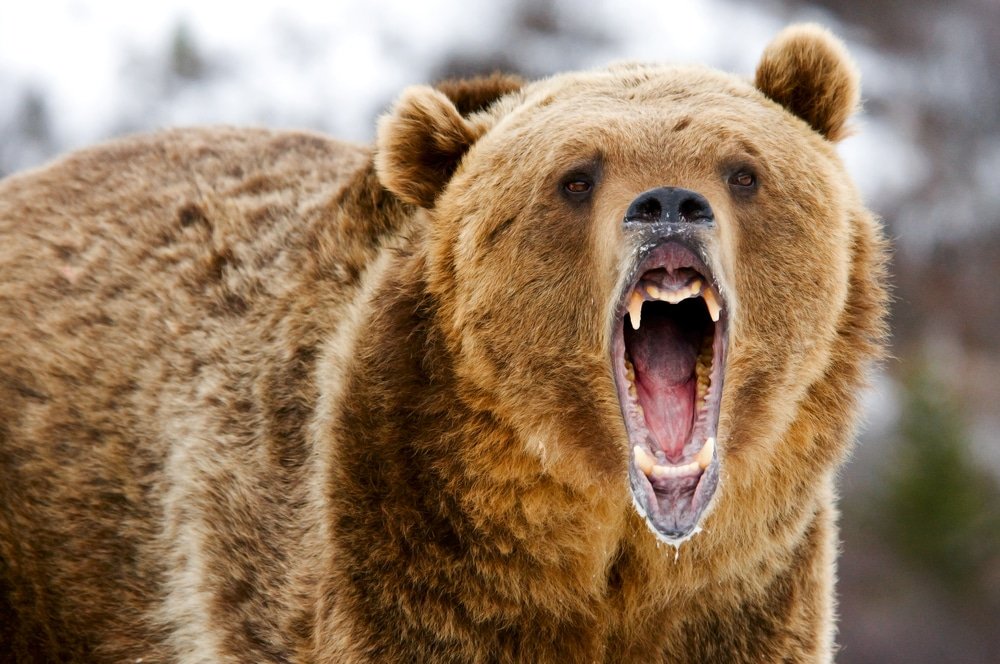
With their powerful build and majestic presence, bears have captivated our imagination throughout history. Whether the massive polar bears of the Arctic or the agile grizzly bears roaming wild landscapes, these creatures command respect and fascination.
However, beyond their awe-inspiring physicality, a hidden world of reproductive anatomy deserves our attention. Understanding bear reproductive anatomy, in this case the bear penis, provides insight into these magnificent creatures’ intricate workings and holds significant implications for conservation efforts and species management.
Fossilized penis bones from extinct species of bears provide valuable insights into their mating systems and ecological habits.
Understanding Bear Reproductive Anatomy (Actual Animals)
The study of bear reproductive anatomy holds immense value from scientific and conservation perspectives. By delving into the intricacies of their reproductive systems, researchers gain insights into various aspects such as breeding patterns, population dynamics, sexual selection, and genetic diversity.
Comparative studies with other mammals, including great apes, help researchers understand the evolutionary significance of the baculum in bears.
Understanding the reproductive anatomy of bears also aids in managing and conserving these species. By comprehending the factors influencing their reproductive success, such as mating behaviors or physiological adaptations, conservationists can devise effective strategies to protect and enhance bear populations.
Black Bear Reproductive System

Bears are remarkable mammals with a complex reproductive system that plays a vital role in perpetuating their species.
Understanding the overall functioning of the bear’s reproductive system is crucial for comprehending the intricacies of their mating behaviors and reproductive strategies. Similar to many other mammals, bears exhibit sexual dimorphism, where males and females have distinct reproductive organs and functions.
Unlike most primates, bears possess a baculum, which plays a crucial role in their reproductive success.
Male and Female Reproductive Organs in Bears
The primary reproductive organs in female bears include the ovaries, uterus, and vagina. The ovaries are responsible for producing eggs (ova) during estrus cycles. When a female bear reaches sexual maturity, usually around 3-5 years old, depending on species and environmental factors, she becomes capable of reproducing.
During mating season (typically in spring or early summer), mature female bears experience estrus or “heat,” which hormonal changes prompt ovulation. The male bear’s reproductive system encompasses testes, seminal vesicles, prostate gland, accessory sex glands, and penis bones.
Male Reproductive System
Within the male bear’s reproductive system lies one particular organ that captivates scientific curiosity – the bear dick. The penis is an external organ composed mainly of erectile tissue that engenders blood during sexual arousal or copulation.
Although there are variations among different bear species regarding the size and appearance of their penises, they all serve a common purpose: facilitating reproduction.
Unlike humans, who rely on blood pressure to achieve an erection, bears have a baculum that provides structural support during copulation.
A bear’s penis size and shape differ significantly based on age, genetics, and overall health. For instance, the polar bear possesses a relatively longer penis than other species, which may be attributed to the unique demands of their Arctic habitat.
Additionally, it is worth noting that bears have a penile sheath to protect their penis when not in use, ensuring its safety from external elements and potential injuries. A distinguishing characteristic of the bear dick is the presence of a bone-like structure called the baculum or penis.
The baculum provides rigidity during copulation and aids in successful intromission. Interestingly, not all mammals possess this peculiar structure; therefore, its presence in bears adds another layer of fascination to their reproductive anatomy.
The Anatomy of a Penis Bone

Size and Appearance Variations, including the Polar Bear
Regarding the size and appearance of bear penises, noteworthy variations are observed among different bear species. Take, for example, the majestic polar bear (Ursus maritimus), known for its massive stature.
These Arctic giants possess penises up to 30 centimeters long when erect, allowing them to mate with females during their breeding season effectively. On the other end of the spectrum, black bears (Ursus americanus) have relatively smaller penises than their larger counterparts, measuring around 10-15 centimeters when erect.
The flexibility provided by the absence of a baculum in some mammals allows for a greater range of copulatory positions and body movement, enhancing physical stimulation for females.
Grizzly bears (Ursus arctos horribilis), falling between polar bears and black bears in size, exhibit penises ranging from 20 to 25 centimeters during sexual arousal. The variations in bear dick size can be attributed to several factors.
Firstly, age plays a significant role as younger bears typically have smaller penises that will develop further as they mature into adulthood. Secondly, genetics play a vital role in determining the dimensions of a bear’s reproductive organ; certain lineages may be predisposed to larger or smaller genitalia due to inherited traits.
Like humans and other animals, overall health plays an important part in determining penis size in bears. A healthy diet and proper nutrition promote optimal development, while poor health or malnutrition can impede growth.
External Structure and Unique Characteristics
One distinctive feature of the penis bone is its external structure, characterized by a protective covering called the penile sheath. The penile sheath serves as a safeguard for the delicate reproductive organ when not in use.
It is composed of durable connective tissue that shields the penis from potential injuries or abrasions while roaming through dense forests or engaging in rough physical activities.
This evolutionary adaptation ensures the longevity and functionality of the bears throughout life. Another fascinating aspect of the bear’s penis is the presence of a bone-like structure known as the baculum or os penis.
The baculum is unique to certain species, including bears. Functionally, it aids in providing support and rigidity to the penis during copulation, facilitating successful mating with receptive females.
The baculum’s evolutionary significance lies in enhancing reproductive success by reducing mating time and increasing mating efficiency. Interestingly, other animals, such as dogs and raccoons, also possess baculums, although their sizes and shapes may differ significantly from those of bears.
In some cultures, the raccoon baculum is used as an amulet for love or luck, highlighting the cultural significance of baculums in various traditions.
Internal Structure and Physiological Functions
The internal structure of a bear’s penis cobear’s intricate physiological mechanisms that enable erection and successful copulation. Key to this process is the presence of erectile tissue within the penis itself.
This specialized tissue fills with blood during sexual arousal, leading to engorgement and rigidity necessary for penetration during mating.
In folk magic, particularly in the American South, baculums are often used as charms or amulets for love and luck.
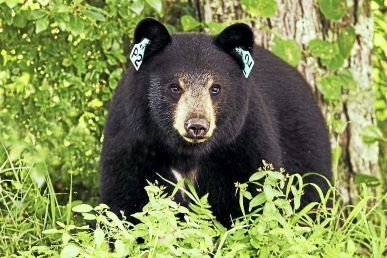
Bear Penis Conclusion
Understanding the intricate anatomy and physiological functions of a bear’s penis contributes to our broader knowledge of reproductive adaptations in the animal kingdom.
Such insights not only shed light on the unique features of these magnificent creatures but also highlight their remarkable evolution and survival strategies.
Black Bear Member FAQ
What is unique about the anatomy of a bear’s penis?
Bear dick anatomy is unique in that it includes a baculum, or penile bone, which is found in many placental mammals. The presence of this bone provides structural support during copulation.
Do all bear species have a baculum?
Yes, all bear species possess a baculum. However, the size and shape of the baculum can vary significantly between different species of bears.
Why do bears have a baculum?
The baculum helps ensure successful mating by providing stiffness to the penis. This anatomical feature is especially useful for species that engage in prolonged copulation or mate in challenging environments.
How can scientists determine the age or species of a bear from its baculum?
The baculum’s size, shape, and morphological characteristics can be used to identify the species and sometimes estimate a bear’s age. Researchers often study these bones to gather information on bear populations.
Is there any cultural or historical significance associated with the bear baculum?
In some cultures, the bear baculum, also known as an “os penis,” has been used in traditional medicine or as a talisman. It is sometimes believed to possess special properties or symbolize strength and masculinity.
How do researchers study bear reproductive anatomy?
Researchers study bear reproductive anatomy through field observations, dissections, and examination of skeletal remains. These studies help in understanding bear reproduction and behavior.
Can the baculum be found in other animals?
The baculum is found in many other mammals, including primates, rodents, and carnivores. However, its presence, size, and shape vary widely among different species.
What role does the bear penis play in reproductive success?
The penis bone, with the aid of the baculum, plays a crucial role in sexual behavior and reproductive achievement by facilitating copulation and ensuring that sperm is effectively deposited in the female’s reproductive tract.
Is there any significance to the size of a bear’s penis?
The size of a bear’s penis, particularly the baculum, can vary among individuals and species. While size may play a role in reproductive achievement, other factors like mating behavior and ecological conditions are also important.
How does the reproductive anatomy of bears compare to other large mammals?
Compared to other large mammals, bears have a well-developed baculum distinguishing their reproductive anatomy. This feature is less common in other large animals like ungulates and cetaceans, which do not possess a baculum.
What are Texas toothpicks?
Texas toothpicks is a colloquial term for baculums, which are sometimes used as toothpicks or charms in various cultural traditions.


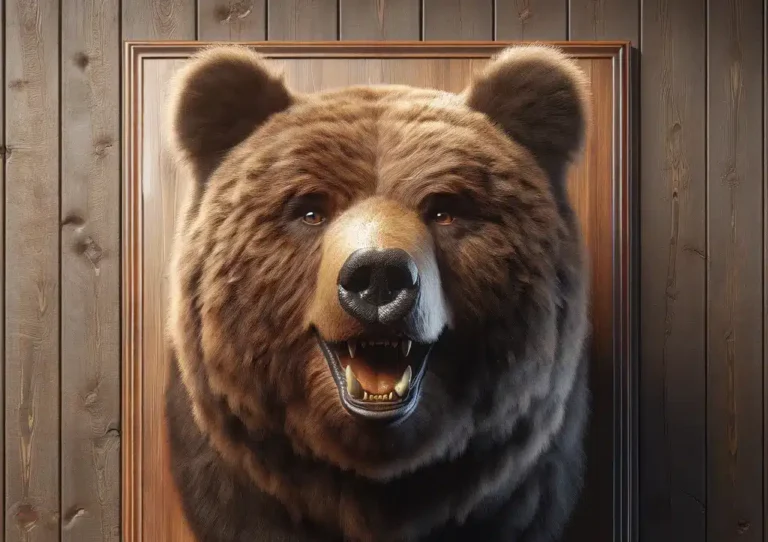


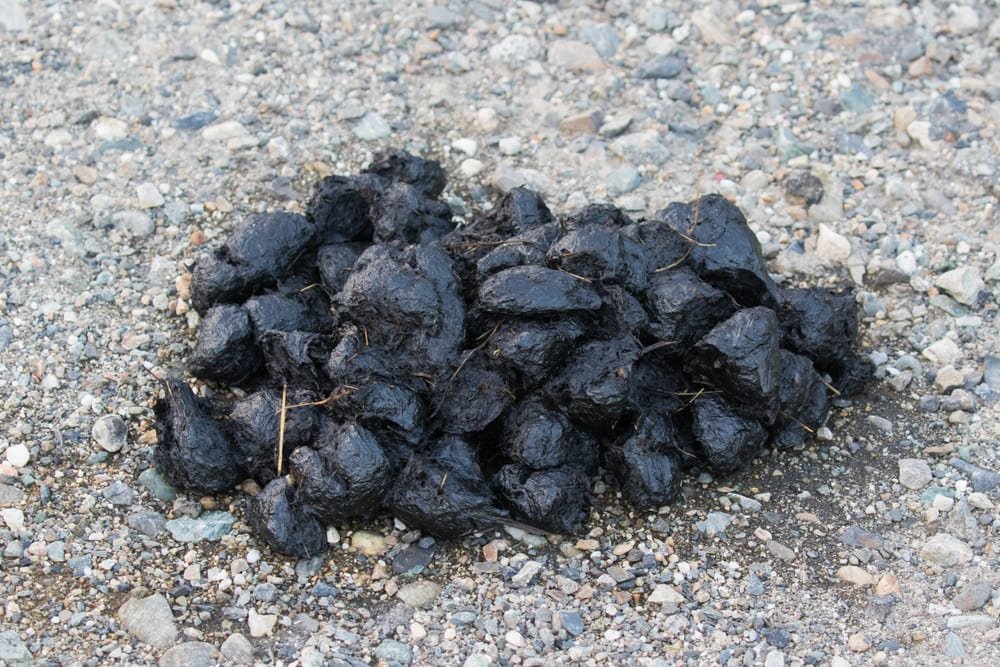
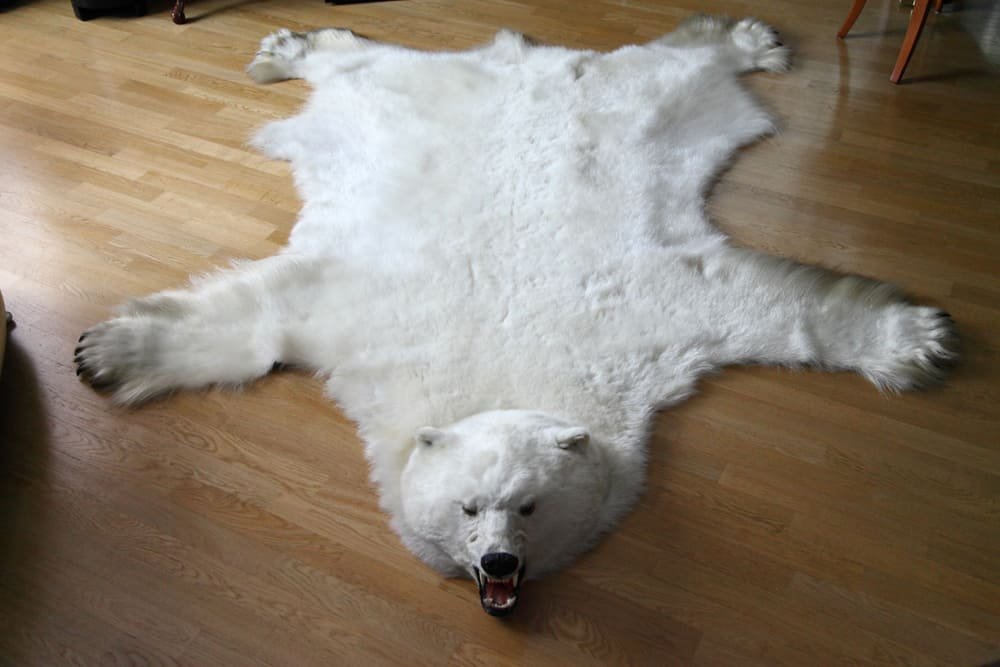
Thank you for your sharing. I am worried that I lack creative ideas. It is your article that makes me full of hope. Thank you. But, I have a question, can you help me?
Thanks for sharing. I read many of your blog posts, cool, your blog is very good.